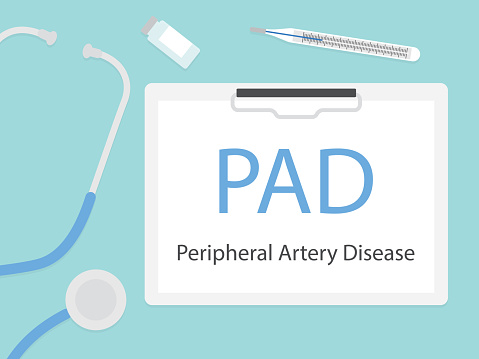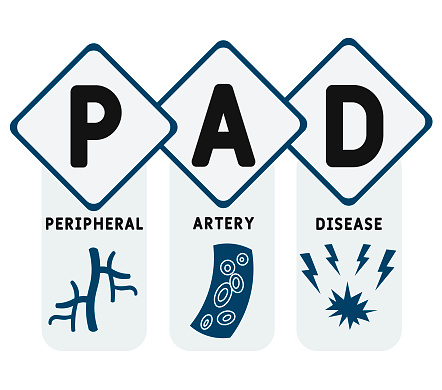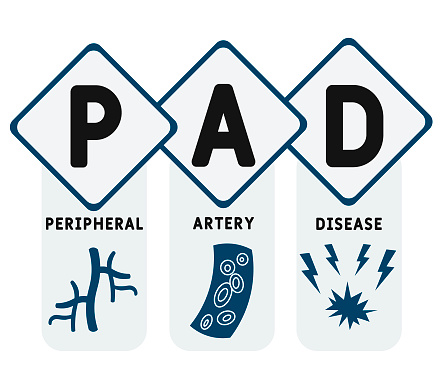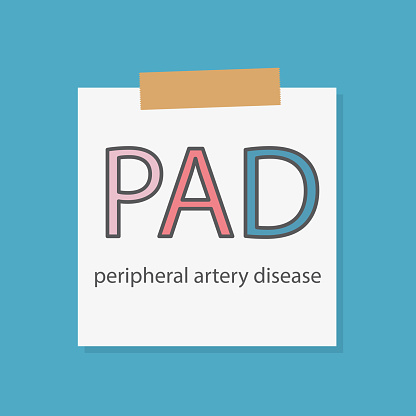Peripheral artery disease (PAD) is helpful in predicting coronary artery disease (CAD) in patients undergoing coronary angiography, according to a study published in Cureus.
This observational study, which was conducted from January 2020 to February 2021, included participants older than 40 years, with a history of uncontrolled hypertension and unstable angina. Following enrollment and recording history, participants were assessed for the presence of PAD based on ankle brachial index (ABI) values.
According to the results, PAD was identified in over 62% of participants, with 68% of participants having greater than 50% stenosis on angiography. The results showed that of 152 participants with ABI less than 0.9, 140 had greater than 50% stenosis on angiography. Overall, PAD demonstrated a robust propensity for predicting coronary artery stenosis (80%).
The results concluded: “Our study demonstrated that the sensitivity, specificity, and accuracy of PAD in predicting coronary artery stenosis were significant. Hence, we conclude that PAD can be an excellent predictor of CAD by helping in early and cost-effective diagnosis of CAD.”
Link: https://pubmed.ncbi.nlm.nih.gov/34159004/
Keywords: angiography, cardiology, coronary artery disease, peripheral artery disease, predictive tool









